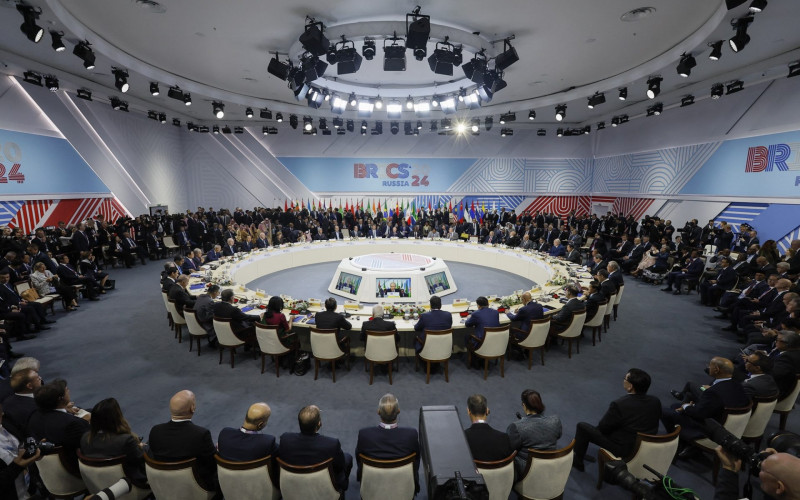In European medieval folklore, the unicorn is said to be such a wonderful and unique creature that, if by chance appearing, it risks disregard, given how unusual it looks. This false paradox can be applied to many instances in real life, and – with more propriety – to concepts and theoretical constructs derived from the so-called real facts. The case for regional integrations provides a good example. After a linear, and very successful evolution during most of the past century, the concept somewhat stalled in the last years of the same century. A major reason for this was a set of problems that slowly emerged in the flagship project of the idea: the European Union.
The new century, with more complex and, at the same time, more elusive geopolitical geometries, added perplexity to and then a void in the source for innovative thoughts on regional integrations. As usual, many groups continued to blindly pursue the classical path, as if nothing had happened, and the many questions challenging the procedures, methods and economic analyses so useful and successful until then, would eventually vanish into thin air, thanks to their perseverance and faith in the traditional approaches.








